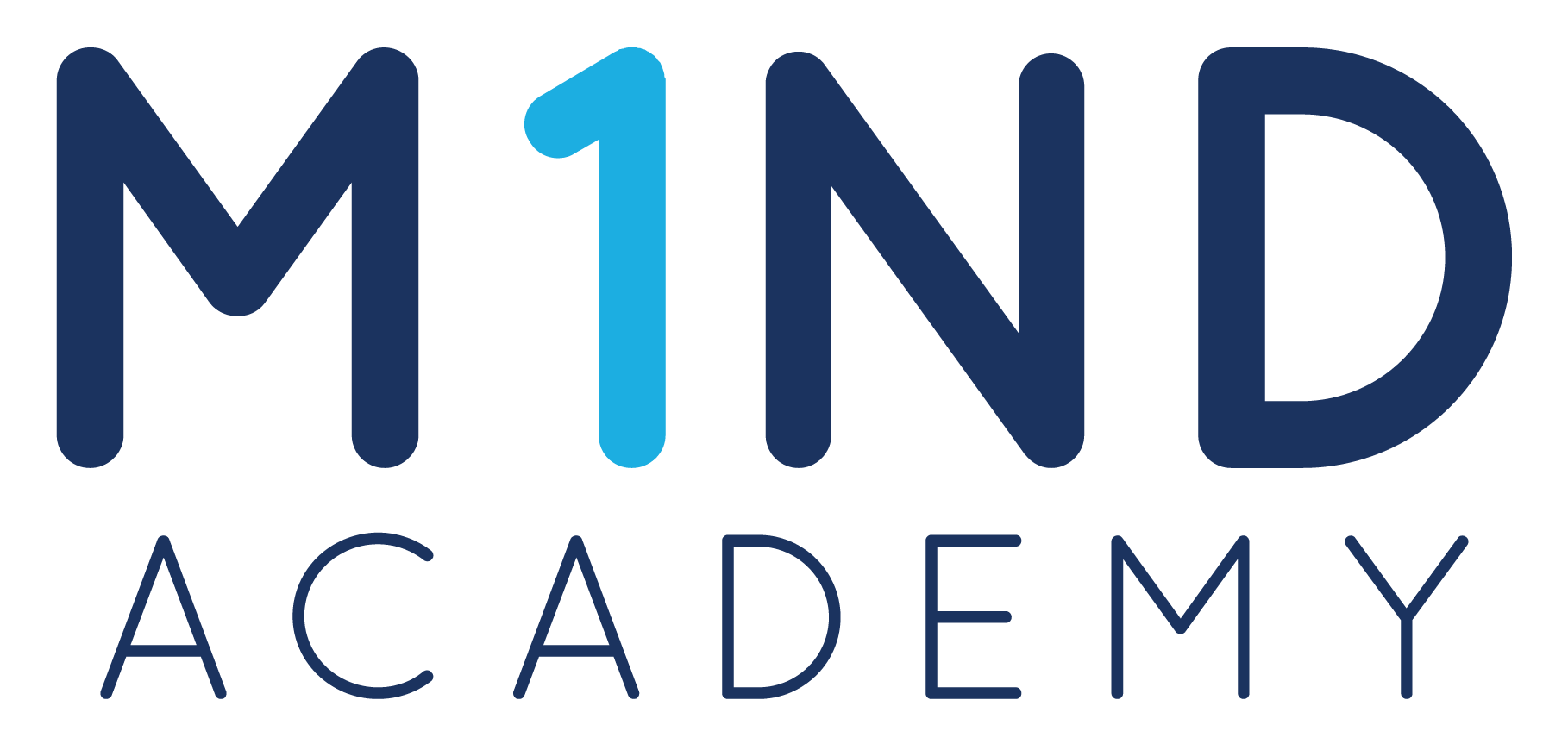3.2 Video
Outline with Timestamps
00:00 – Introduction
Ali and Alaa welcome listeners and define the focus of this competency: “Establishing and Maintaining Agreements.”
00:36 – Definition from ICF
Alaa reads and explains the ICF definition of the competency.
01:39 – Why Agreements Matter
Discussion on the importance of managing expectations between coach, client, and sponsors.
02:42 – The Tripod Model of Agreements
Alaa introduces the three-part model: within the session, outside the session (soft agreements), and the contract (hard agreement).
05:07 – Co-creation and Value
Exploring why co-creation builds trust and creates shared ownership of goals.
08:09 – Role of Sponsors
How sponsors interact with both coach and client, and why maintaining client privacy is essential.
10:22 – Behavior 1: Explaining Coaching and Process
Clarifying what coaching is and isn’t; how to introduce the process to clients and sponsors.
13:16 – Privacy and Confidentiality
Ali stresses the importance of clarity around privacy and information sharing.
15:31 – Behavior 2: Defining Roles and Responsibilities
Setting boundaries and clarifying expectations between coach, client, and sponsor.
17:30 – Boundaries and Examples
Real-life examples of maintaining boundaries, including corporate sponsors and parental sponsors for youth coaching.
21:42 – Behavior 3: Parameters and Logistics
Covering scheduling, fees, duration, termination, and confidentiality within contracts.
23:57 – Handling Cancellations and Time Commitments
Discussion about professionalism, time respect, and contract clauses for rescheduling.
27:21 – Behavior 4: Establishing Coaching Plan and Goals
How to co-create overall coaching goals and align all stakeholders.
32:33 – Behavior 5: Client–Coach Compatibility
Ensuring fit and comfort, cultural context, gender considerations, and chemistry.
38:35 – Behavior 6: Identifying Session Goals
Why every session should start fresh and how to reconfirm focus.
41:35 – Behavior 7: Understanding What’s in the Way
Helping clients uncover what might be holding them back and reframing obstacles.
47:30 – Behavior 8: Defining Measures of Success
Creating clarity around what success looks like for the client.
51:11 – Behavior 9: Managing Time and Focus
Practical strategies for keeping sessions productive and on-track.
56:30 – Behavior 10: Maintaining Direction Toward Outcomes
Balancing flexibility with staying aligned to client goals.
58:31 – Behavior 11: Ending the Coaching Relationship
How to end sessions and long-term engagements gracefully and ethically.
01:03:24 – Common Pitfalls and Best Practices
Avoiding rushing, managing assumptions, and maintaining clarity.
01:05:54 – Final Takeaways
Coaching agreements as a continuous process that builds trust and credibility.
01:07:16 – Wrap-up and Closing Remarks
